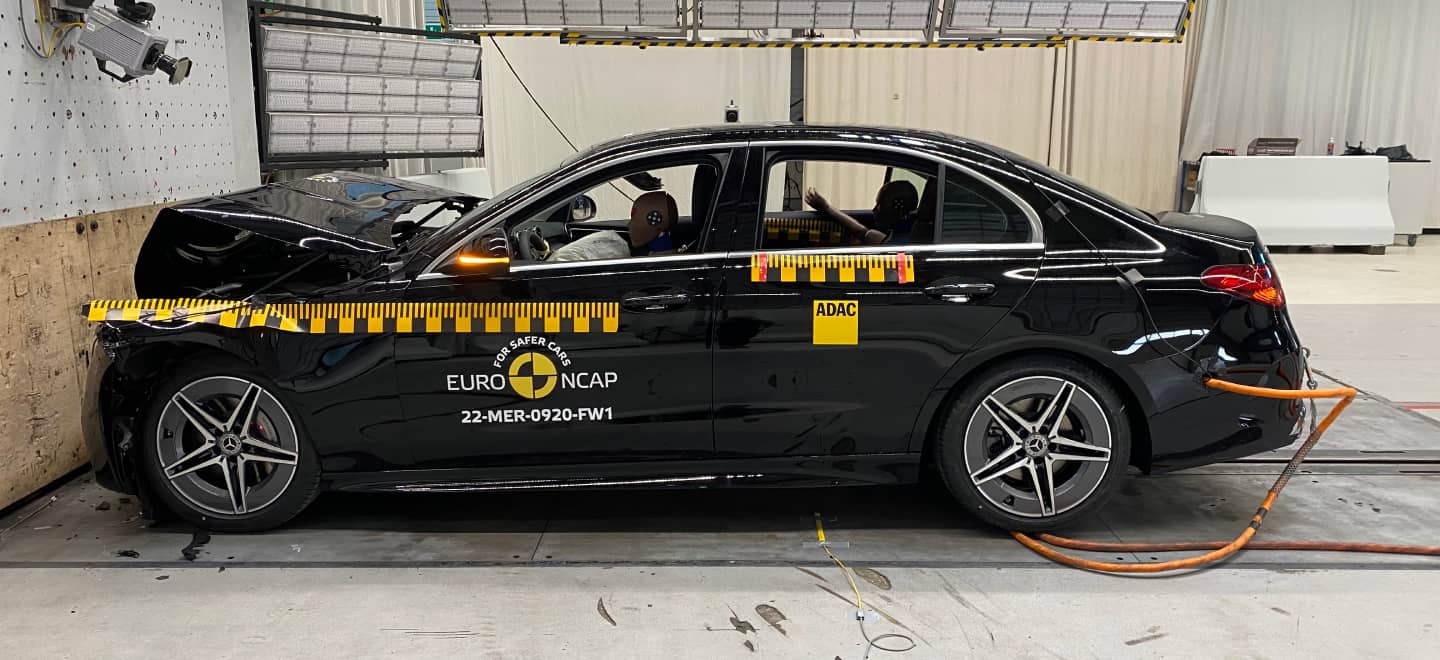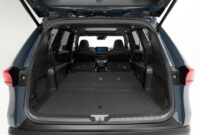When you constantly witness a progression, it is difficult to see the change and evolution: you are really aware of it when, after a while, you compare the beginning with the end or with the current moment. This is something we can do with car safety equipment thanks to the comparisons on the YouTube channel ‘The Car Crash’: The ‘crash tests’ of decades ago show how amazing it seems today to have survived an accident back then.
Supported by European governments, manufacturers and organizations related to the automotive sector, motor safety programs have recorded their tests (and their results) in printed reports and also in more visual displays such as videos. . This newspaper library, built over years, allows you to check how much security has improved of our cars over time.
The original ‘crash tests’
In each publication, ‘The Car Crash’ compares the first ‘crash tests’ of a specific model with the most current images starring the equivalent model: in some cases, the original images date from the seventies. It extracts them from different security programs that range from the IIHS in the United States to the ADAC in Germany, passing through the Euro NCAP in Europe.
Through the comparisons carried out by the Volkswagen Golf or the BMW 3 Series it is possible to observe, for example, that the nineties were prolific years in the field of passive safety that led the models of that time to improve significantly in the course of the aforementioned decade.
A concrete example
If we analyze a specific model, this evolution is more easily appreciated. In the last tests of the Euro NCAP, the Mercedes C-Class obtained the maximum score: five stars. In those of 1993, carried out by the first generation (W202), the German sedan received two stars… despite having front and side airbags or having front seatbelt pretensioners.
The reason? According to Euro NCAP, the Mercedes C-Class exhibited “excessive intrusion into the footwell, where rigid structures that came into contact with the driver’s right knee posed risks of serious injury to the knee, thigh and pelvis.” . And although I had an airbag, in the side impact test “the door struck the dummy’s chest before the side airbag fully inflated.”
The second generation (W203) of the Mercedes C-Class hit the market in 2001 and the leap in security was remarkable: the IIHS gave it the highest score in tests that tested the structure of the saloon and the protection of the head, chest, neck and legs of the driver. However, the seats and their headrests took the second lowest score. It turns out that, today, they are unthinkable for this model.





